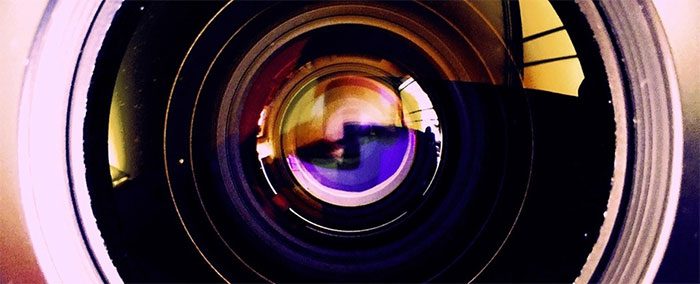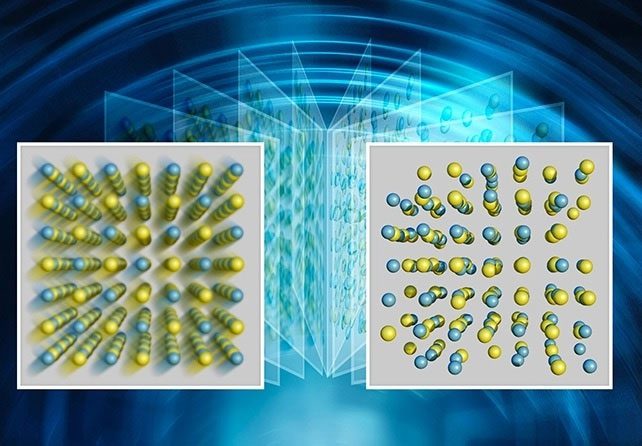A Camera Utilizing New Technology Based on Neutron Positioning to Locate Atoms, Rather than Conventional Imaging Techniques.
Currently, the best digital cameras on the market typically have shutter speeds around 1/4,000 of a second. However, to capture the motion of atoms, a shutter speed that is significantly faster is required.

Capturing fast-moving subjects like atoms requires a camera with an ultra-fast shutter speed. (Photo: Science Alert).
Scientists from Columbia University in New York have invented a type of camera with a shutter speed of just one trillionth of a second, which is 250 million times faster than conventional digital cameras. This speed allows us to capture a very important factor in materials science, known as “dynamic disorder.”
In simple terms, “dynamic disorder” refers to the phenomenon where clusters of atoms move within a material over a specific time period, such as when stimulated by vibrations or temperature changes. This phenomenon is crucial for understanding the properties and reactions of materials.
The new ultra-high shutter speed technology, abbreviated as vsPDF, provides deeper insights into the phenomenon of “dynamic disorder.”
In practice, using a camera with a low shutter speed to capture fast movements usually results in blurred images. A high shutter speed camera accurately records movements over time, making the images significantly clearer. This is particularly beneficial for fast-moving subjects like atoms.
“Thanks to vsPDF, we can now see which atoms are moving and which ones are stationary,” said Simon Billinge, a materials scientist from Columbia University.
VsPDF relies on the position of neutrons to locate atoms, rather than conventional imaging techniques. Specifically, this technology tracks how neutrons collide and pass through a material to identify the surrounding atoms. The faster the neutrons move, the greater the required shutter speed.
Changes in shutter speed are critical for distinguishing dynamic disorder from static disorder. Static disorder refers to the stationary movement of atoms, which does not contribute to enhancing the functionality of materials.
To achieve the astonishing speed of one trillionth of a second, the researchers tested the neutron camera on a material called Germanium Telluride (GeTe). The camera revealed that GeTe maintains its crystal structure at all temperatures. However, at higher temperatures, this material exhibits stronger dynamic disorder.

This illustration shows the atomic structure of GeTe at slower (left) and faster (right) shutter speeds. (Photo: Science Alert)
Gaining a better understanding of these physical structures will enhance our knowledge of how thermoelectrics operate, enabling us to develop better materials and devices. However, further testing and research are necessary before the vsPDF technology can be widely implemented.
This research was published in the journal Nature Materials.




















































